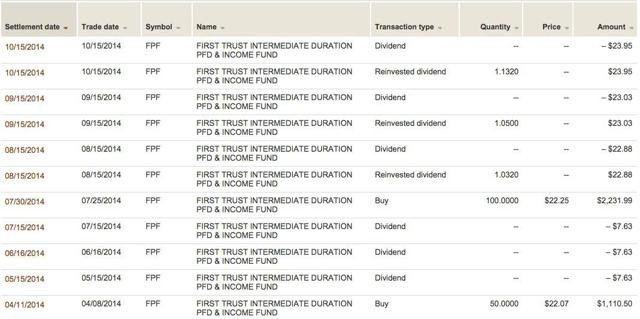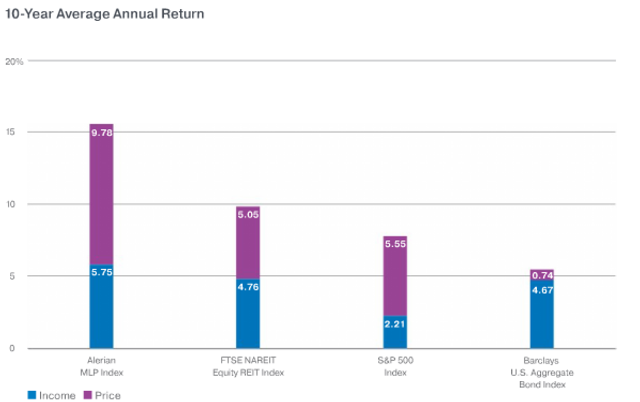Seeking TaxFree Income From ClosedEnd Funds
Post on: 30 Март, 2015 No Comment

by Michael Walters and John Deysher
Four years ago we wrote an article for the AAII Journal highlighting the potential opportunities available in closed-end funds (Rodney Dangerfield Investing: Closed-End Opportunities, April 2007).
We think now is a good time to revisit the topic, with a focus on municipal bond closed-end funds (CEFs) and their newer cousins, municipal bond exchange-traded funds (ETFs) .
Why Consider Municipal Bonds Now?
With most world equity markets near record highs and interest rates near record lows, why consider municipal bonds (aka munis)? There are several reasons.
First, municipal bonds remain the only game in town for capturing tax-free income. Municipalities must have a way to compete for investor capital, and keeping their interest tax-free (in most cases) accomplishes this. Other vehicles such as IRAs or tax-deferred annuities allow income to accumulate tax-free, but Uncle Sam must be paid upon withdrawal. There are also limits to what you can put in a retirement plan and lockups on annuities.
Next, tax rates are almost certain to rise in the near future, enhancing the appeal of tax-free income. On a tax-adjusted or equivalent-yield basis, municipal bond yields are several percentage points higher than corporates or Treasuries of the same maturity. For example, an eight-year Treasury bond currently yields about 2.5%. A similar high-grade municipal bond of the same maturity might yield 4%. If you live in a high-tax state where your combined tax bracket is 40% and you own a municipal bond issued within your state of residence, the taxable equivalent yield on the municipal bond is 6.6%, over four percentage points higher than the Treasury.
Finally, there are many vehicles investors might choose from to tailor a municipal portfolio to their specific circumstances. Besides actual bonds with different credit ratings and maturities, there are closed- and open-end municipal bond funds and exchange-traded municipal bonds funds (ETFs) .
No Free Lunch
While the benefits of owning municipal bonds are clear, there are risks to be aware of.
Interest rate risk is the risk that an uptick in interest rates will result in a decline in a bonds value. Longer-maturity bonds will fall more; shorter-maturity bonds will fall less. If you hold the bond until maturity, you will normally get your principal back, barring any credit issues. Interest rates have been declining for 30 years and are now at historical lows. Many expect interest rates to return to more normal levels, which would hurt bond prices.
Credit risk is the risk of default and the possibility that interest or principal may not be paid according to schedule. With many municipalities facing budget woes, this is a real possibility, although default rates among municipal bond issuers are very low. You can lower this risk by staying with general obligation or revenue bonds issued by mainstream issuers (not private-purpose entities) with solid credit ratings.
Early call risk is the risk that the issuer can call or redeem your bond before maturity. This often occurs if interest rates fall subsequent to the initial issuance, allowing the municipality to call the older issue and replace it with a new one at lower interest rates. The owner is faced with getting the principal back early and scrambling to invest it on similar terms, which may not be possible. If you buy individual bonds, make sure the bond is not callable at a price below what you pay for it or, if it is, that the interest rate received justifies the risk of an early call. Call provisions are available from your broker.
The Big Three: Basic Differences
Once you have decided that municipal bonds have a place in your portfolio, which vehicle do you chose: individual bonds, bond funds or bond ETFs? If your portfolio is large enough to accommodate several issues for diversification and you know your way around the municipal bond market, individual bonds might make sense. For most others, bond funds (open- and closed-end) or exchange-traded funds may be a better choice. Lets review the latter three.
Open-End Mutual Funds

Most investors are familiar with the structure of an open-end mutual fund. The fund will register with the Securities and Exchange Commission (SEC) under the Investment Company Act of 1940 and issue and redeem shares at net asset value (NAV) on any day the markets are open. (Net asset value is the underlying value of the funds portfolio.) The share price reflects the net asset value with no premium or discount and, unless the fund closes, any number of shares may be issued.
Shareholders pay a percentage of assets (expense ratio) to cover the costs of managing the fund on an active basis. Distributions of realized net capital gains and net investment income must be made by the fund at least annually.
Closed-End Funds
Closed-end funds are slightly different. A finite pool of capital is raised and there is no continual offering of shares. Trades occur on a stock exchange at a market price determined by supply and demand. Excess demand will sometimes cause a closed-end fund to trade at a premium to underlying net asset value, while excess supply may result in the market price trading at a discount to net asset value.
Like open-end funds, most closed-end funds are actively managed, charge an expense ratio, and make distributions at least annually.
Get full access to AAII.com, including our market-beating Model Stock Portfolio, currently outperforming the S&P 500 by 4-to-1. Plus 60 stock screens based on the winning strategies of legendary investors like Warren Start your trial now and get immediate access to our market-beating Model Stock Portfolio (beating the S&P 500 4-to-1) plus 60 stock screens based on the strategies of legendary investors like Warren Buffett and Benjamin Graham. PLUS get unbiased investor education with our award-winning AAII Journal. our comprehensive ETF Guide and more – FREE for 30 days
Exchange-Traded Funds
Exchange-traded funds (ETFs) represent a hybrid of the open- and closed-end structure. Like both, an ETF is a pool of securities with a dedicated purpose: to mimic a particular index or invest in a specific industry or country. ETFs are often passively managed and have lower expense ratios than open or closed-end funds. Like open-end funds, ETFs can issue an unlimited number of shares. Like closed-end funds, ETFs trade on an exchange where shares are bought or sold throughout the day at net asset value. (For a complete description of ETFs, see The Individual Investors Guide to Exchange-Traded Funds 2011 in the August 2011 AAII Journal .)














